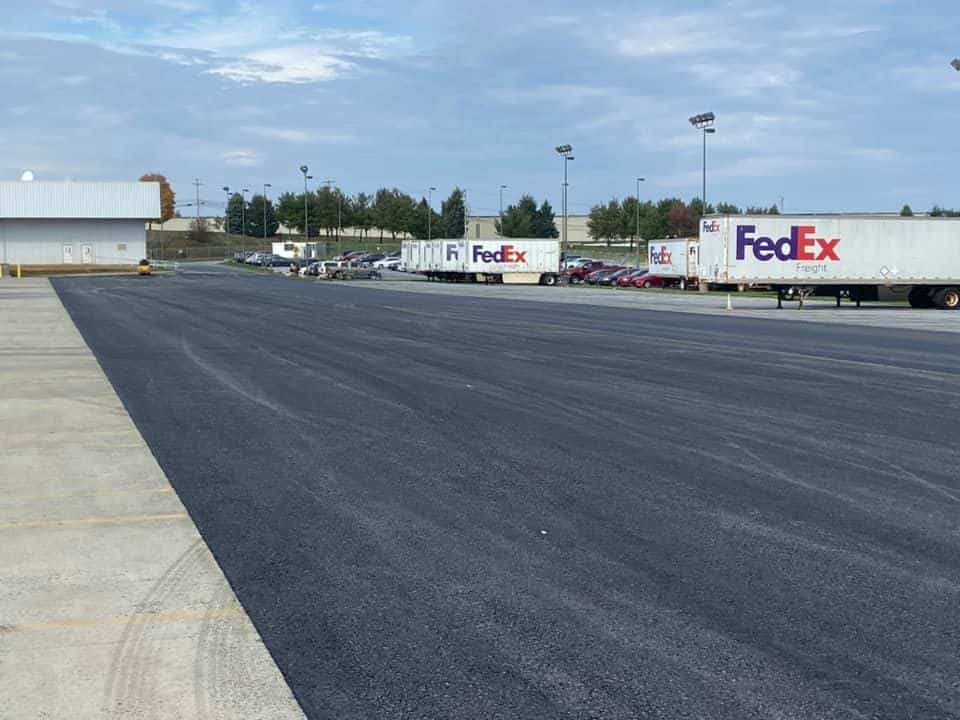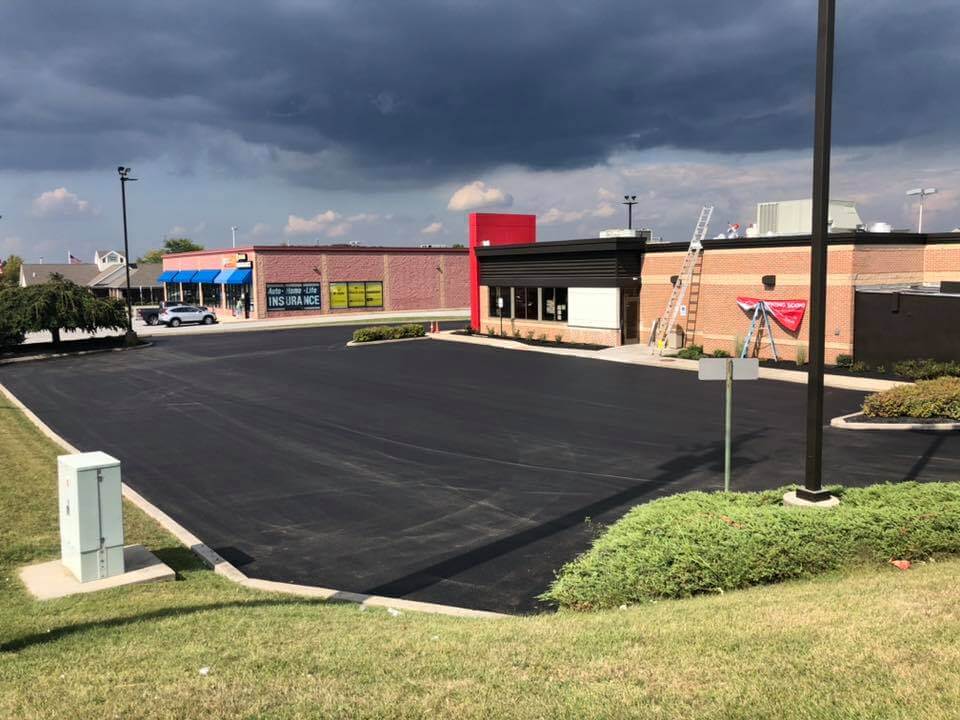Bitumen vs Asphalt Guide
When most people think of asphalt they are thinking of the stuff that lines the walkways, driveways, and other paved surfaces in and around their homes and businesses. What many people don’t realize, however, is that there are other options when it comes to paving your driveway and the like. In fact, when you’re thinking about how much is asphalt paving, you may not be thinking about asphalt at all. In fact, the two main types of paving materials are bitumen and concrete.
How is Asphalt Made?
Asphalt is generally made in a factory that melts, drys, and mixes sand, aggregate, bitumen, and cement to create a thin, sturdy composite mixture. Once it’s made, it is applied via a specially designed paving machine on-site in a designated or necessary thickness, based on the intended use.
In some cases, asphalt can be mixed from two-inch layers, but most commonly it is built up from four to eight inches of material.
In addition to being flexible and easy to install, asphalt is non-combustible, which makes it a popular choice for use in commercial and residential areas alike. However, one of its drawbacks is that it contains petroleum, which means that if it should leak or get punctured by road debris or other substances, the oil can easily seep into the concrete and create a hazardous pool of liquid.
This is one of the reasons why bitumen or asphalt is sometimes considered since the two materials have different benefits and drawbacks.
What is Bitumen paving advantage?
The primary advantage of using bitumen-sealed road construction materials over asphalt is that they require less maintenance. Because asphalt is comprised mostly of natural asphalt particles, you don’t need to have them replaced as often as you do with concrete, asphalt, or stone aggregates.
In addition, asphalt’s water-resistant properties keep it from drying out too much after it has been exposed to the elements, especially when it becomes wet. If the roads you build are in an area where it gets very cold during the winter, this will help to keep the concrete and asphalt from cracking under the harsh temperatures.
What are some paving disadvantages?
A disadvantage of using tarmac in the construction of commercial and/or residential properties is that it is much more difficult to control its physical property. Since it consists primarily of loosely packed, loosely-shaped materials (asphalt), it can be easily misaligned, cracked, and punctured by sharp objects that may be driven through it.
However, this is usually not a major issue, since asphalt tends to bond tightly to tarmac and will prevent damage by road debris, automobile tires, or other items.
Which materials can be mixed with a fine aggregate?
Concrete and bitumen can both be mixed with a fine aggregate, such as gravel or sand (also called medium-density bitumen or mastic). When these two materials are combined, they form a sort of thin consistency material known as slab or base material.
This is the basic material you often see on roads in most cities since most roads are constructed with base materials that consist primarily of bitumen.
What is the main difference between Bitumen vs Asphalt?
When you are comparing bitumen vs asphalt, one of the main differences you’ll notice is the amount of water-resistance the product has.
Since asphalt is composed mostly of petroleum, it naturally contains a higher amount of oil-water molecules. Because petroleum liquids are dense and have a large surface area, they typically won’t mix with any other fluids. The amount of water-resistance the product has come from the fine aggregate that the product is made from – the fine aggregate is what makes up the top layer of the bitumen.
By creating a thicker product than petroleum-based products, asphalt engineers can create a thinner skin over the bitumen, which will cause it to have less water-resistance and therefore make the material easier to use.
The reason asphalt is such a great material to use for roads is that asphalt is also made up of a binder. Binder refers to the material, made up primarily of talc, that holds the various particles of asphalt together. Binder can sometimes be more brittle than the mixture of bitumen itself, so it is often added to asphalt during the manufacturing process in order to help ensure the strength of the finished product.
When you compare bitumen vs asphalt, you’ll find that the amount of binder used to create the product is very small, making asphalt a superior material to use for roads. In addition, because the binder acts as an additional layer of protection, asphalt is actually stronger than pure bitumen after many years of heavy use.
While both materials are primarily composed of a fine aggregate material (along with some amounts of water), asphalt has a slightly higher concentration of hydrostatic charge, which means that as the traffic passes over it, the amount of water-moving charge goes up.
This increase in the amount of hydrostatic potential energy causes the bitumen to expand and harden. When bitumen expands, it becomes what is known as “thick”. Asphalt, because it is not composed primarily of bitumen, does not have this problem.



